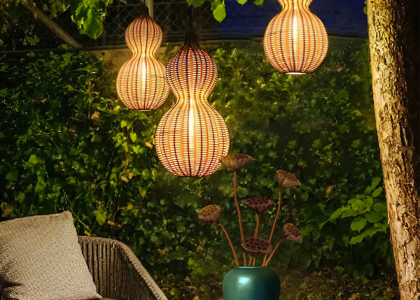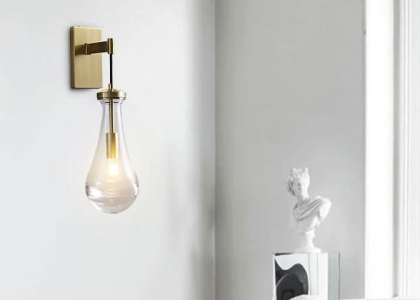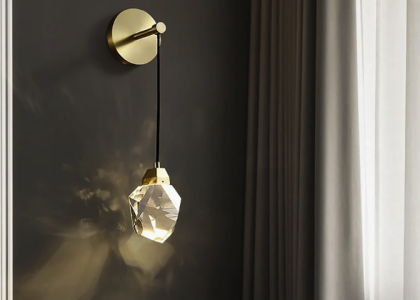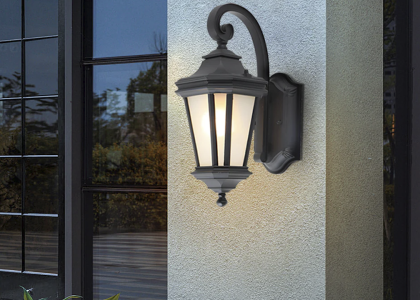Introduction
Wood’s lamp is a diagnostic tool that has been used for decades by dermatologists and other medical professionals to diagnose and treat various skin conditions. The device uses a special type of ultraviolet (UV) light to illuminate the skin and reveal abnormalities that may not be visible to the naked eye. In this article, we will explore the benefits and limitations of Wood’s lamp and discuss some common skin conditions that can be diagnosed using this tool.
How Does Wood’s Lamp Work?
Wood’s lamp emits UV light with a wavelength of around 365 nm, which is just outside the visible range of light. When the light shines on the skin, it is absorbed by certain molecules called chromophores, which emit light at a longer wavelength. Depending on the type of chromophore being illuminated, the skin may appear to be a different color under Wood’s lamp. For example, certain fungal infections may appear blue-green, while vitiligo (a skin condition where patches of skin lose their pigment) may appear white.
Benefits of Wood’s Lamp
One of the main benefits of Wood’s lamp is that it can help diagnose skin conditions that may not be visible to the naked eye. For example, a fungal infection of the scalp may not be visible without a Wood’s lamp, but will fluoresce blue-green under the light. In addition, Wood’s lamp can help distinguish between different types of skin conditions that may look similar. For example, psoriasis and eczema may have similar symptoms (such as dry, scaly skin), but may appear differently under Wood’s lamp.
Wood’s lamp is also useful for identifying certain pigment disorders, such as vitiligo. Vitiligo can be difficult to diagnose without a Wood’s lamp, as the affected areas may be subtle and hard to see. Under Wood’s lamp, however, the affected area will appear white, making it easier to diagnose.
Limitations of Wood’s Lamp
While Wood’s lamp can be a useful diagnostic tool, it has certain limitations. For one, it may not be sensitive enough to detect certain skin conditions. Additionally, the results may be subjective, as the appearance of the skin under the light can vary depending on factors such as the patient’s skin tone and the distance between the skin and the lamp.
Furthermore, not all skin conditions will fluoresce under Wood’s lamp. Some bacterial infections, for example, may not appear any different under the light. In addition, certain types of skin cancer may look similar to benign conditions under Wood’s lamp and may require additional testing to diagnose.
Common Skin Conditions Diagnosed with Wood’s Lamp
Wood’s lamp can be used to diagnose a wide range of skin conditions. Some of the most common conditions diagnosed using this tool include:
Fungal infections
Wood’s lamp is particularly useful for diagnosing fungal infections, such as tinea capitis (scalp ringworm) and tinea corporis (ringworm). These conditions will appear blue-green under the light, making them easy to diagnose.
Pigment disorders
Wood’s lamp can be used to diagnose pigment disorders such as vitiligo and melasma. Vitiligo will appear white under the light, while melasma may appear brown.
Bacterial infections
While bacterial infections may not always be visible under Wood’s lamp, some (such as erythrasma) will fluoresce under the light and can be diagnosed using this tool.





